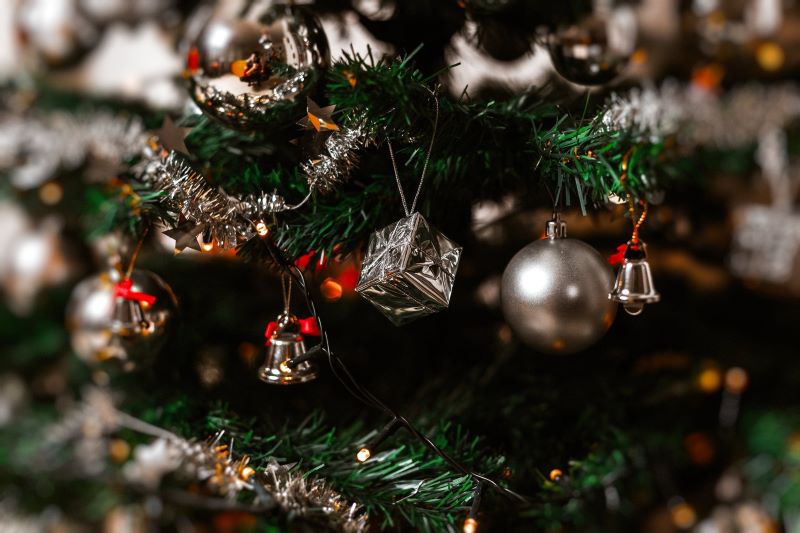The Ancient Roots of Glass Ornaments
Glass ornaments have been a part of Christmas celebrations for centuries and are a beloved tradition in many homes around the world. From the classic glass balls to intricate handmade pieces, these decorations can take on many different shapes and sizes. To understand the history and artistry of glass ornaments, it is important to look back at how they came to be.
The first known glass ornaments appeared in Europe during the 16th century. Popularly known as “Paradise Apples” or “Heavenly Fruits”, these ornaments were made by hand-blowing molten glass into molds carved from wood. After being released from the mold, each ornament was cut and decorated with paint before being hung for display. These early pieces were usually created in red, blue and yellow shades, with designs that were often religious symbols like angels and stars.
In the 17th century, more ornate glass ornaments began appearing in German markets. These were much more complex than the earlier Paradise Apples, featuring intricate shapes such as bells, pinecones, fruits and flowers. Along with depicting iconic scenes from popular fairy tales such as Little Red Riding Hood and Hansel & Gretel, some included tiny figures of people called Putz figures after a term meaning “small decoration” in German. As time went on, different techniques such as enameling, silvering and etching would be used to make these decorations even more impressive.
The Evolution of Glass Christmas Ornaments
In Germany during the 19th century, artists began to experiment with new ways of decorating glass ornaments. This resulted in two distinct styles: flameworked figurines made using hot tools such as tweezers; and cold painted decorations created using paint brushes designed specifically for this purpose. As travel became easier during this period of time, glass ornament makers began selling their creations throughout Europe — leading to an explosion of new styles coming out of Germany.
By the late 1800s German-style decorations had become popular in other parts of Europe while American manufacturers started producing their own unique forms of glass ornamentation around this time too — most notably Shiny Brite Ornaments which quickly found favor among consumers due to their affordability and variety of color options available. It wasn’t until after World War II though that Christmas trees around North America became adorned with an abundance of brightly colored plastic baubles — pushing decorative glass designs into relative obscurity for much of the 20th century until they regained popularity in recent years thanks largely to those looking for something more sophisticated than plastic trinkets hanging from their branches! Today’s glass ornament makers continue to innovate upon traditional designs while creating entirely new works inspired by modern themes — allowing them to pay homage to both old-school craftsmanship and contemporary design sensibilities alike! While many still craft each piece by hand using age-old techniques like blowing molten glass into molds carved from wood; others are now beginning to use 3D printing technology for added precision when creating complex shapes and patterns that wouldn’t have been possible even a few decades ago! Whether you’re looking for classic nostalgia or bold modern style — there’s sure to be a perfect piece out there waiting just for you!
